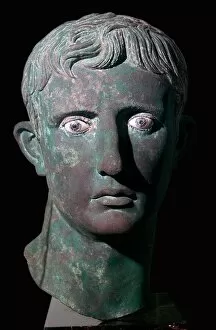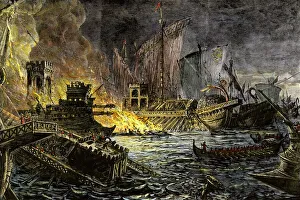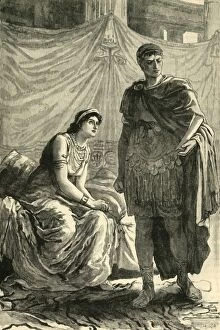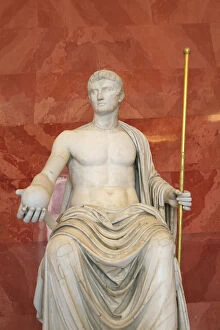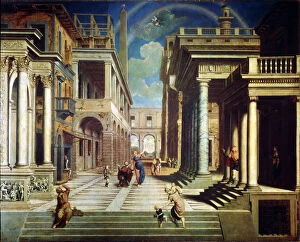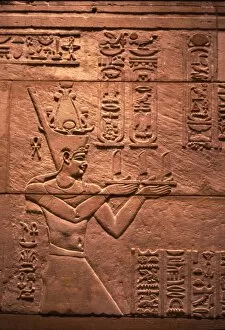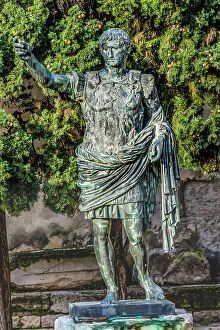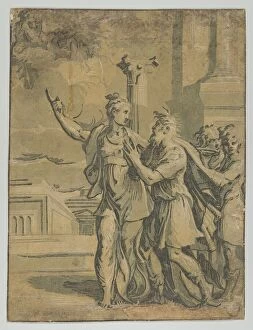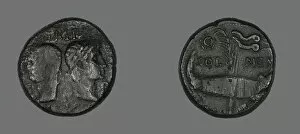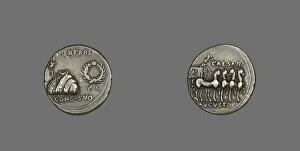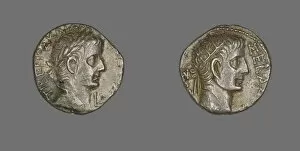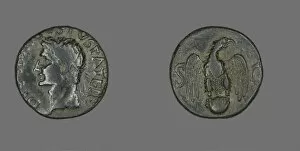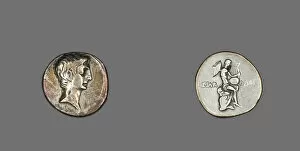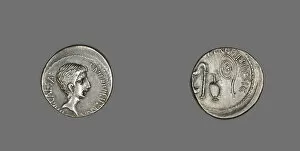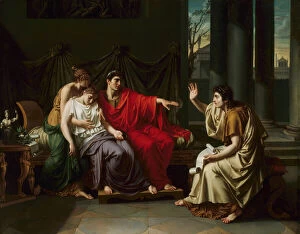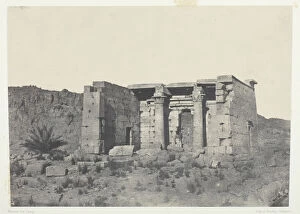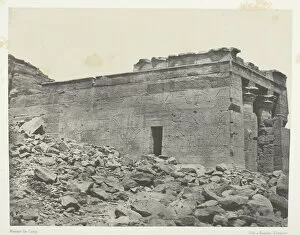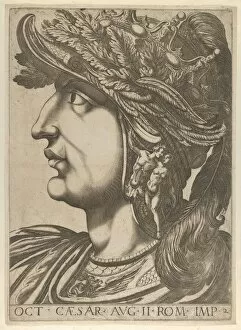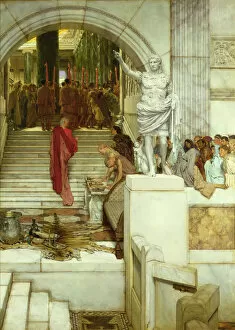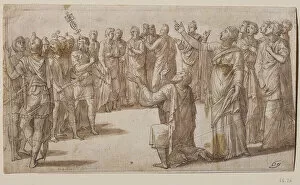Caesar Augustus Collection
"Caesar Augustus: The Rise and Legacy of Rome's First Emperor" In the year 31 BC, a pivotal moment in history unfolded at the Battle of Actium
All Professionally Made to Order for Quick Shipping
"Caesar Augustus: The Rise and Legacy of Rome's First Emperor" In the year 31 BC, a pivotal moment in history unfolded at the Battle of Actium. It was here that Octavian, later known as Caesar Augustus, emerged victorious, solidifying his power and marking the beginning of a new era for Rome. A remarkable artifact from this time is the Bronze head of Augustus, discovered in Meroe, Sudan. Crafted between 27-25 BC, it showcases the regal features that would come to define this influential leader. Augustus' influence extended far beyond Rome itself. In Israel, one can witness breathtaking sunsets over Caesarea – a city founded by Herod the Great under Roman rule during Augustus' reign. This picturesque setting serves as a reminder of his impact on distant lands. The enigmatic meeting between Octavian and Cleopatra has captivated historians for centuries. Although an interview from 1890 sheds little light on their conversation's details or outcome, it highlights their significance within ancient history. Depictions of Augustus often portray him as Jupiter – embodying both political and divine authority. A statue from the first half of the 1st century BC exemplifies how he sought to consolidate power through religious symbolism. Even after his death in 14 AD, Caesar Augustus continued to inspire artistic creations like "The Apparition of the Sibyl. " Painted by Paris Bordone in 1535, it captures an imagined encounter between Augustus and a prophetic figure – showcasing his enduring legacy. Egyptian relief art further illustrates how far-reaching his influence was. An offering to Isis depicted on an Egyptian relief shows Emperor Augustus embracing aspects of local culture while asserting Roman dominance during Egypt's incorporation into its empire. The Tiburtine Sibyl played a significant role in shaping perceptions about Caesar Augustus' connection with divinity.

